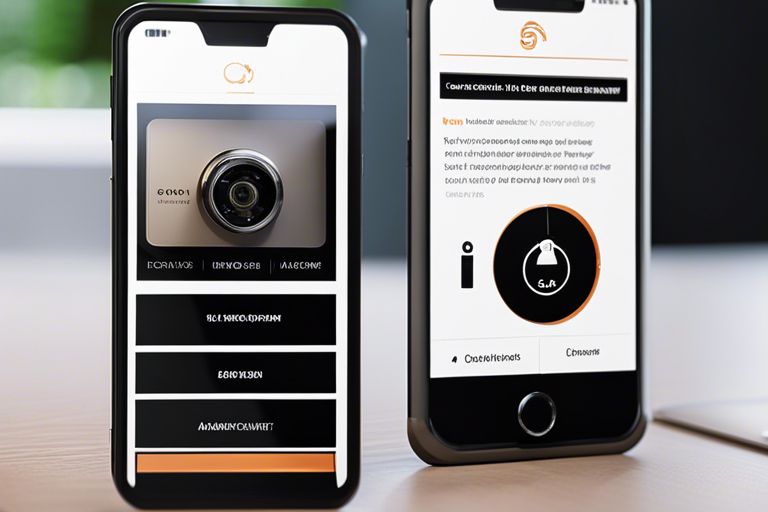Identity theft is a growing concern in today’s digital age. With the increasing number of online transactions and the amount of personal information stored on various platforms, it has become crucial to protect ourselves from potential identity theft. One proactive step you can take is to conduct an identity theft audit to assess your vulnerability and ensure that you have the necessary safeguards in place.
Here are some steps to help you conduct an identity theft audit:
1. Review Your Personal Information
Start by reviewing your personal information that is stored on various platforms such as social media, online banking, and shopping websites. Check if your contact details, passwords, and security questions are up to date. Remove any unnecessary information and update your passwords regularly.
2. Check Your Credit Reports
Obtain a copy of your credit reports from the major credit bureaus and review them thoroughly. Look for any suspicious activity, unfamiliar accounts, or errors. If you notice anything unusual, report it immediately to the credit bureau and the respective financial institution.
3. Monitor Your Financial Statements
Regularly monitor your bank and credit card statements for any unauthorized transactions. If you spot any suspicious activity, contact your financial institution immediately. Consider setting up alerts for any unusual transactions or changes to your account information.
4. Secure Your Devices
Ensure that your devices, including computers, smartphones, and tablets, are protected with strong passwords or biometric authentication. Keep your operating system, antivirus software, and applications up to date to prevent any vulnerabilities that could be exploited by hackers.
5. Be Cautious with Personal Information
Be cautious when sharing personal information online or over the phone. Avoid providing sensitive details unless necessary, and only do so on secure websites or with trusted individuals. Be wary of phishing attempts and never click on suspicious links or download attachments from unknown sources.
6. Use Secure Networks
Avoid using public Wi-Fi networks for sensitive transactions or accessing personal accounts. Hackers can intercept data on public networks, potentially compromising your personal information. Instead, use a secure and private network or a virtual private network (VPN) when accessing sensitive information.
7. Protect Your Social Security Number
Your social security number is a valuable piece of information that identity thieves seek. Avoid carrying your social security card in your wallet and only provide it when absolutely necessary. Keep it securely stored in a locked place.
By following these steps and regularly reviewing your personal information, you can conduct an effective identity theft audit. Stay vigilant and take the necessary precautions to protect your identity in today’s digital world.






